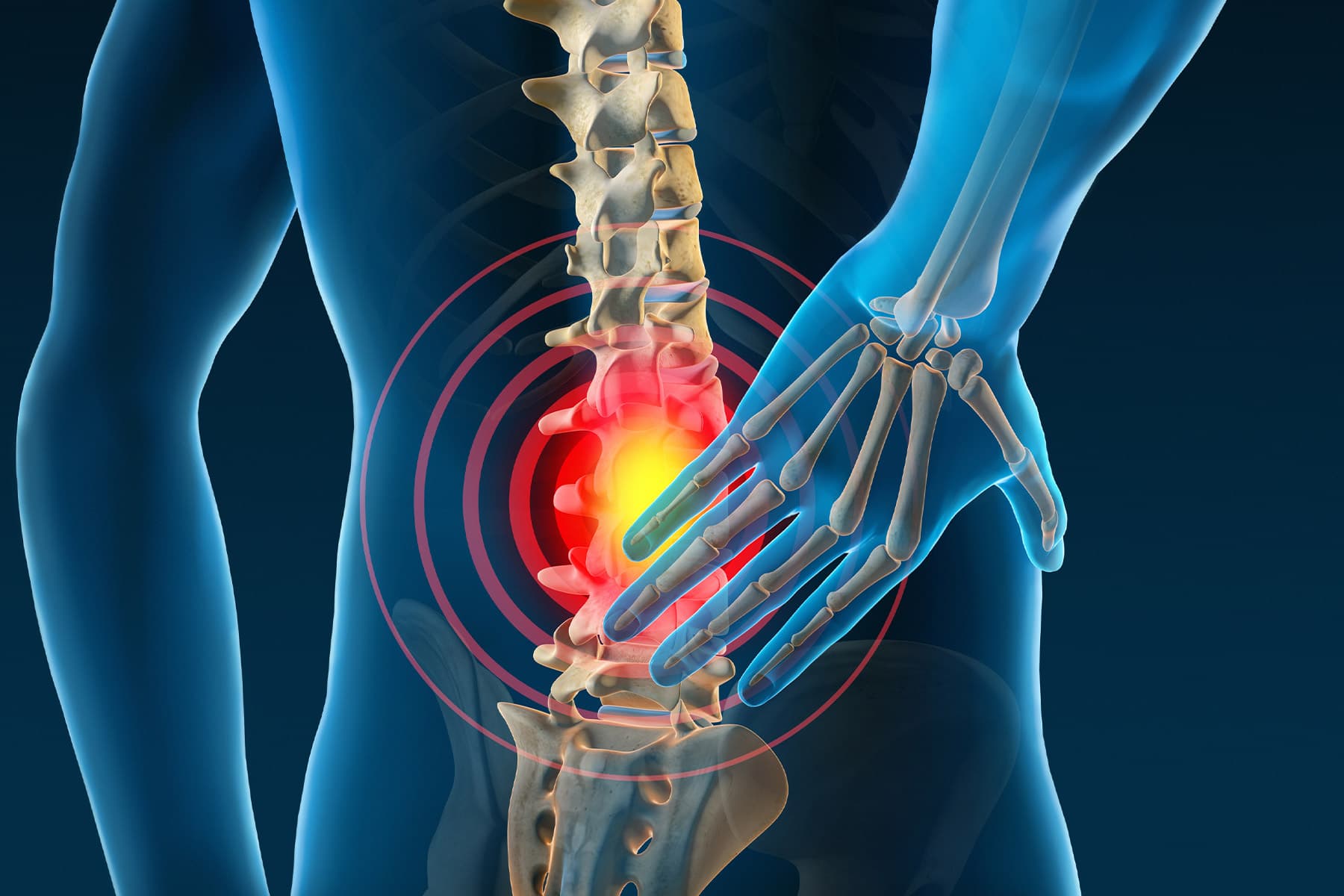
Chronic back pain is a persistent condition that affects millions of people worldwide, significantly impacting daily life and overall well-being. Unlike acute pain, which typically resolves within a few weeks, chronic back pain lasts for 12 weeks or longer, often requiring ongoing management and care. In this ultimate guide, we will explore everything you need to know about chronic back pain—from its causes and symptoms to diagnosis, treatment options, and prevention strategies.
Chronic back pain is defined as pain in the back that persists for 12 weeks or more, even after the initial injury or underlying cause has been treated. It can affect any part of the back, including the lower back (lumbar region), middle back (thoracic region), or upper back (cervical region).
While acute back pain is sudden and usually caused by injury, muscle strain, or overuse, chronic back pain is long-lasting and may not always have an obvious cause. Chronic pain often involves complex interactions between physical, psychological, and neurological factors.

As people age, the spinal discs can lose hydration and elasticity, causing degeneration that leads to pain, stiffness, and reduced mobility. This condition is a frequent cause of chronic lower back pain.
A herniated disc occurs when the soft inner gel of a spinal disc pushes through the tougher outer layer, irritating nearby nerves and causing pain. This can result in persistent discomfort, numbness, or weakness.
Spinal stenosis is a narrowing of the spinal canal that puts pressure on the spinal cord and nerves. This condition can cause chronic pain, numbness, and difficulty walking.
Repetitive strain or injury to muscles and ligaments supporting the spine can cause chronic inflammation and pain.
Chronic back pain can manifest as a dull ache, sharp stabbing sensations, burning, or shooting pain that radiates down the legs (sciatica). The intensity may vary throughout the day or with activity.
A healthcare provider will review your symptoms, medical history, and conduct a physical examination to assess pain location, flexibility, nerve function, and muscle strength.
Diagnostic tools such as X-rays, MRI (Magnetic Resonance Imaging), or CT scans help visualize spinal structures and identify abnormalities like disc damage, stenosis, or fractures.
Sometimes nerve conduction studies or blood tests may be ordered to rule out other causes or complications.
Physical therapy plays a vital role in managing chronic back pain. A therapist can guide you through exercises to improve strength, flexibility, and posture. Regular low-impact activities like swimming, walking, or yoga are also beneficial.
For severe cases, treatments such as epidural steroid injections, nerve blocks, or radiofrequency ablation may be recommended to reduce inflammation and pain.
Surgery is generally considered a last resort when conservative treatments fail. Procedures may include discectomy, spinal fusion, or laminectomy, depending on the underlying cause.
Chronic pain often affects emotional well-being. Practicing stress-reducing activities, seeking counseling, or joining support groups can help cope with the mental burden of chronic pain.
Eating a balanced diet, maintaining a healthy weight, avoiding smoking, and getting regular exercise support overall spine health and reduce pain.
Adjust your workspace, use supportive chairs, and avoid prolonged sitting or standing. Practice safe lifting techniques and take breaks to move around regularly.
Seek immediate medical attention if you experience:
Understanding chronic back pain is the first step toward effective management and improved quality of life. While chronic back pain can be complex and challenging, a combination of proper diagnosis, targeted treatments, lifestyle changes, and self-care strategies can help you regain control and reduce discomfort. Always work closely with your healthcare provider to develop a personalized plan tailored to your needs.
By staying informed and proactive, you can navigate the challenges of chronic back pain and enjoy a healthier, more active life.